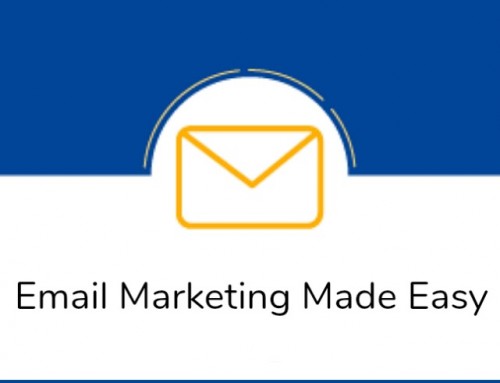As a business owner, you should be aware of and regularly take time out of the business to re-assess the path your business is travelling on and whether your end destination is still in sight.
It’s a key skill we all possess although at times, we forget about it. However, there is a tendency to demonstrate how capable you are at carrying this through when you have booked your holidays and are ready to go.
Why?
Simply because it’s the same process – select your preferred destination, organise your resources to achieve it (money, baggage, people), organise the steps to success (i.e. what you need to do and by what date), arrange transport to the airport and finally board the plane.
All of the key planning stages are present in this process. Therefore, it’s not unrealistic to expect you to have demonstrated your abilities to plan for your business.
The first stage of course is to establish a vision for your company. Then, reverse engineer to create short term and medium term objectives. And finally, you develop your strategies for success.
Now you’ve got to pull it all together and make it work. So what’s the best way to make it happen?
Planning, Policies and Procedures.
What do I mean by these words?
Planning – that’s simple and shouldn’t require any additional comment.
Policies – This may seem an unusual word to use but it is highly effective. If you are to implement change in your business, then you must insist on certain “laws” or rules being written. You already have them in place, but perhaps they are centred around the administration of your business? That’s fine, but what about introducing laws or policies revolving around your business growth, marketing and sales activities?
Procedures – Michael Gerber, in his book The E Myth, introduced us to the phrase “this is how we do it here.” Procedures set in stone the work to be carried out, by whom and how it is to be done. There is always a deadline too. After all, nothing happens unless a deadline is specified.
Now you have the template to organise your business growth, let’s focus on the five strategic objectives. There are so many variations here and I have chosen five from a longer list.
A strategic objective is begins with a very powerful question.
In my experience, business owners do not ask good, or the right questions to catapult their business forward. questions. As a result, they get mediocre answers, which in turn leads to mediocre results.
It’s important that you ask specific, target-driven questions, which will generate a huge array of answers from your team. It may be that you will find a ton of golden nuggets in the answers alone.
The key then is to implement one answer at a time, using the 3 P’s as your guide.
OK, let’s share with you the five strategic objectives…
- What would keep customers/clients longer?
- What would make customers/clients buy faster?
- What three things would make each employee more productive?
- What are the three things you would want every customer/client to say about you? How as a company can you make this happen?
- What could you add on to a sale that would be most valuable or convenient to a client/customer and increase revenue per transaction? This doesn’t have to be something you produce.
I hope these questions have now got you thinking. No doubt you will find your own versions but you have to admit that they generate a lot of ideas, many of which you can implement in your business today.
These questions form part of a bigger strategic assessment or makeover that I run with clients and their teams. They are incredibly powerful and set the scene for the strategic work to be implemented in order for you to achieve your goals.
As you would expect, this strategic work then takes the highest priority in completing, after serving customers. This work should form part of your teams working day/week and be monitored very closely to ensure deadlines are met.
If you are interested in a strategic 1 day session with Paul, then simply email or Contact Us.






Leave A Comment
You must be logged in to post a comment.